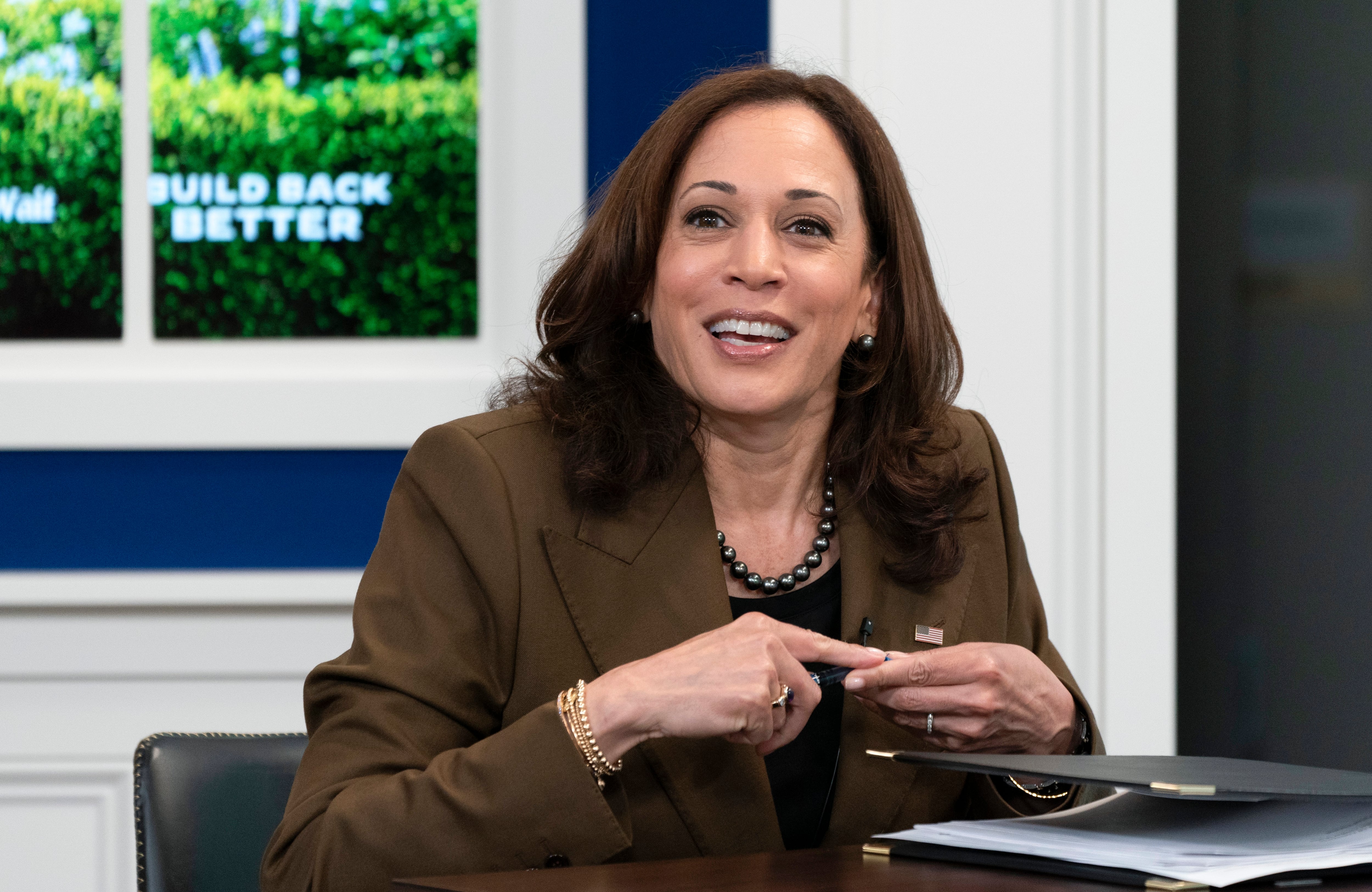Federal agencies will be required to provide employees with comprehensive information on their collective bargaining rights and choices under new policy issued by the White House Oct. 20.
“Today we are announcing two new administration policies that will help improve what we must do to protect workers, but specifically to remove barriers to organizing in the federal workplace,” said Vice President Kamala Harris in a roundtable with federal workers.
“One, as it relates to new hires, we have decided and are committed to making sure that they are told at the time of being hired if they are eligible to join a union, they will be given contact information and they will be informed of their rights,” she added. “We like to believe that this happens every time, but we know it doesn’t.”
“As it relates to current workers, we are going to ensure that all current workers are reminded that they are eligible to join a union.”
Many unions negotiate the inclusion of employee labor rights in a new worker’s orientation period, though as National Treasury Employees Union National President Tony Reardon told Federal Times in September, the COVID-19 pandemic may have interrupted normal orientation processes.
“There is no doubt that the initiatives announced today by the task force will give employees a stronger voice in the federal workplace. Increasing transparency and giving new and existing employees more information about their collective bargaining rights will improve the professional lives of hundreds of thousands of federal workers across the country,” Reardon said of the new policies.
In a statement, American Federation of Government Employees National President Everett Kelley said the organization “applaud[s] the steps that the Biden administration is taking today to roll back attacks on labor unions, help federal employees understand their union rights, and support them in exercising those rights.”
More than half of federal employees are classified as bargaining unit employees, meaning they are represented by a labor union, though that does not mean they are required to fully join the union.
“If folks don’t know their rights, if they’re not informed of their rights, how can they fight to protect those rights? How can we enforce those rights?” said Harris.
“Our administration has been working to help folks, in particular in the federal government, organize and collectively bargain. And there are two main reasons,” she said. “We believe that a stronger workforce is the work that will happen to create actually higher productivity and lower turnover. We also believe that this is about respecting the dignity of all work and respecting the dignity of workers.
“Second, we’re doing this because we believe and know that workers are entitled to be paid wages commensurate with their value,” Harris added.
Office of Personnel Management Director Kiran Ahuja called the right for federal workers to organize “sacrosanct” and added that her agency will release guidance for agencies on how to most effectively communicate union rights to employees.
“All of this is just part of our larger strategy to make the federal government a model employer,” said Harris.
“The federal government is the largest employer in the United States of America. We know that this effort is going to impact therefore a lot of people. But we also know that by example, we can hopefully encourage all workplaces, all industries to look at what is in the best interest of productivity, the best interest of morale and the best interest of, again, valuing the dignity of work.”
President Joe Biden in April established a task force responsible for identifying policies that promote workforce organization and empowerment.
“We’re submitting a comprehensive report to the president this weekend that I know he’s anxious to receive. It’s going to make a real difference for workers,” Secretary of Labor and Task Force Vice Chair Marty Walsh said.
Harris added that both she and Biden hope their administration will be the “most pro-union administration in the history of America.”
Jessie Bur covers federal IT and management.
In Other News




